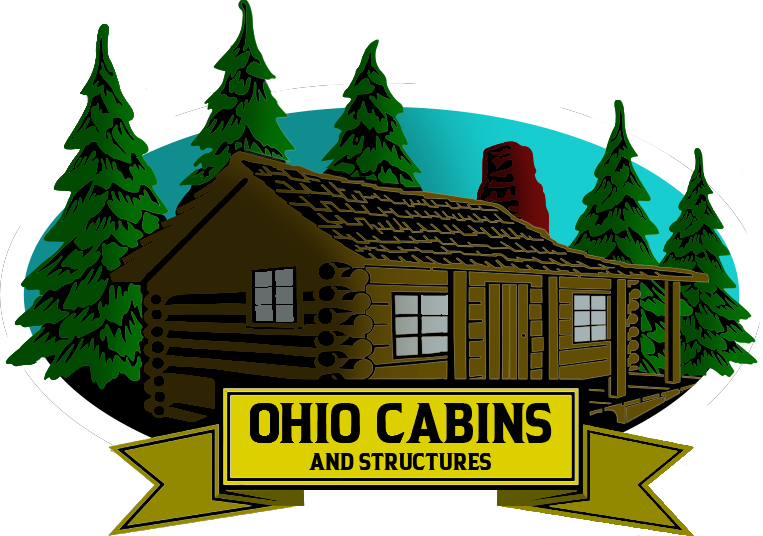When it comes to building a home, the choice between modular construction and traditional site-built methods is becoming increasingly important. Both approaches can produce beautiful, durable houses, but the differences in process, cost, and long-term value may influence which is right for you. In this guide, we’ll explore the key differences between modular homes and traditional homes so you can make an informed decision for your budget and lifestyle.
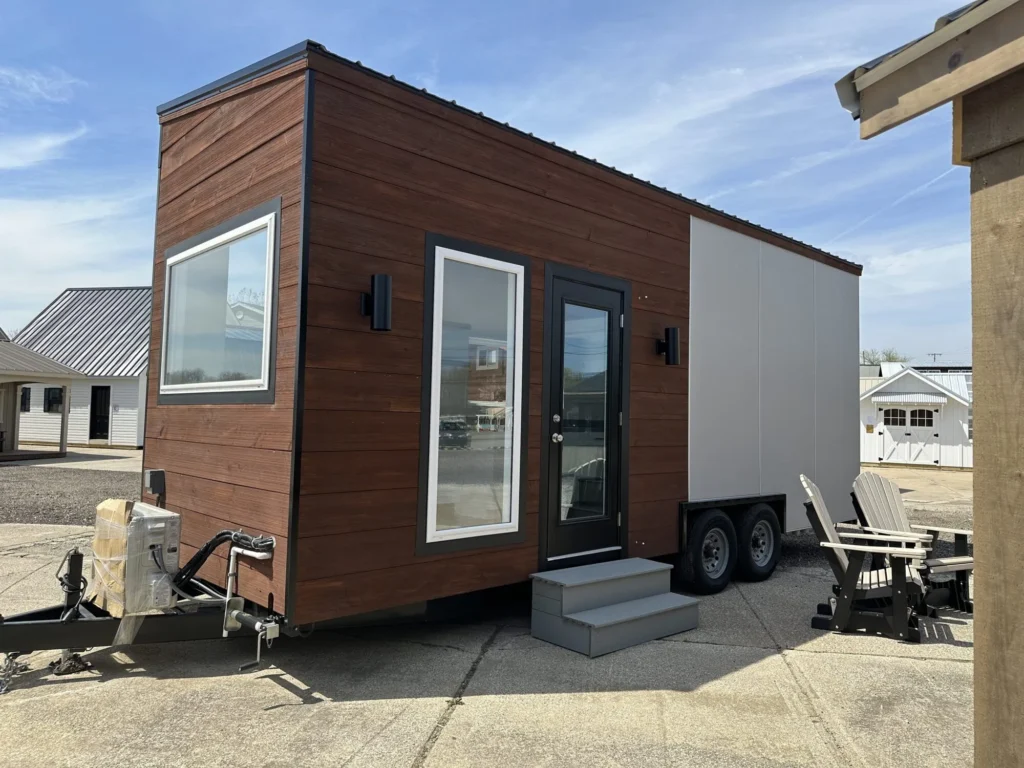
What Is a Modular Home?
A modular home is constructed in sections — called modules — inside a factory. Skilled workers build the floors, walls, and roofs under controlled conditions. These modules are then transported to the building site and assembled on a permanent foundation. Local building inspectors ensure the finished home meets the same codes as traditional houses in that area.
Because they are built indoors, modular homes avoid weather delays and material damage during construction. They also benefit from precision engineering, as tools and equipment in a factory can achieve tighter tolerances than some on-site builds. This approach often results in strong, well-insulated structures.
What Is a Traditional Home?
Traditional homes, sometimes called stick-built homes, are constructed entirely on-site. Crews assemble the framing, walls, and roof piece by piece. This method has been used for generations and allows complete flexibility in design. Builders can adapt the structure to the lot and incorporate unique architectural features as they go.
However, site-built construction is more exposed to weather, which can delay work or damage materials. Labor availability, subcontractor scheduling, and seasonal changes can also affect timelines and costs.
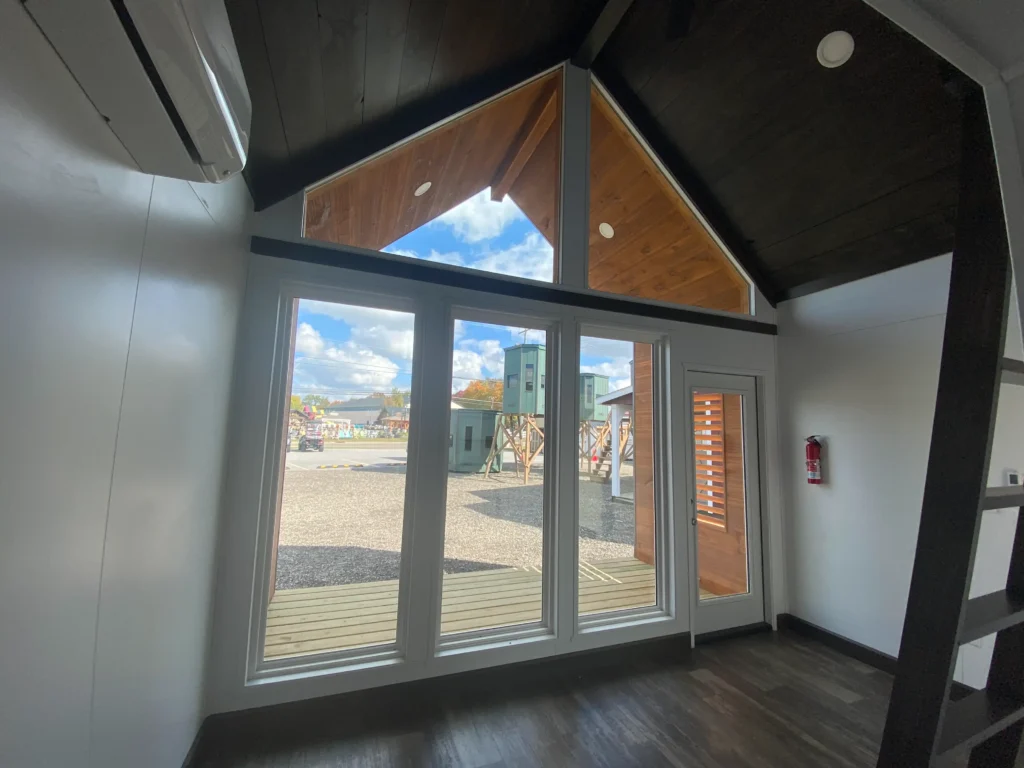
Construction Speed
One of the most significant differences in the modular homes vs traditional homes debate is construction time. Modular homes can be built 30–50% faster than site-built homes. While your foundation is being prepared, the modules are built in the factory at the same time. Once delivered, assembly and finishing can take just a few weeks.
In contrast, traditional homes are built sequentially on-site. Every step depends on the completion of the one before it, and delays from weather or labor shortages can extend the timeline. According to the U.S. Census Bureau, the average build time for a site-built home is over seven months, compared to as little as three to four months for modular construction.
Cost Considerations
Modular homes often cost less per square foot due to efficiencies in labor and bulk material purchasing. Factories can reduce waste and streamline assembly, which helps control costs. That said, high-end modular designs with custom finishes can match or exceed the price of a comparable traditional home.
Traditional homes may carry higher costs due to longer build times and more variable labor expenses. However, they also offer virtually unlimited customization, which appeals to buyers with unique design visions or challenging lots.
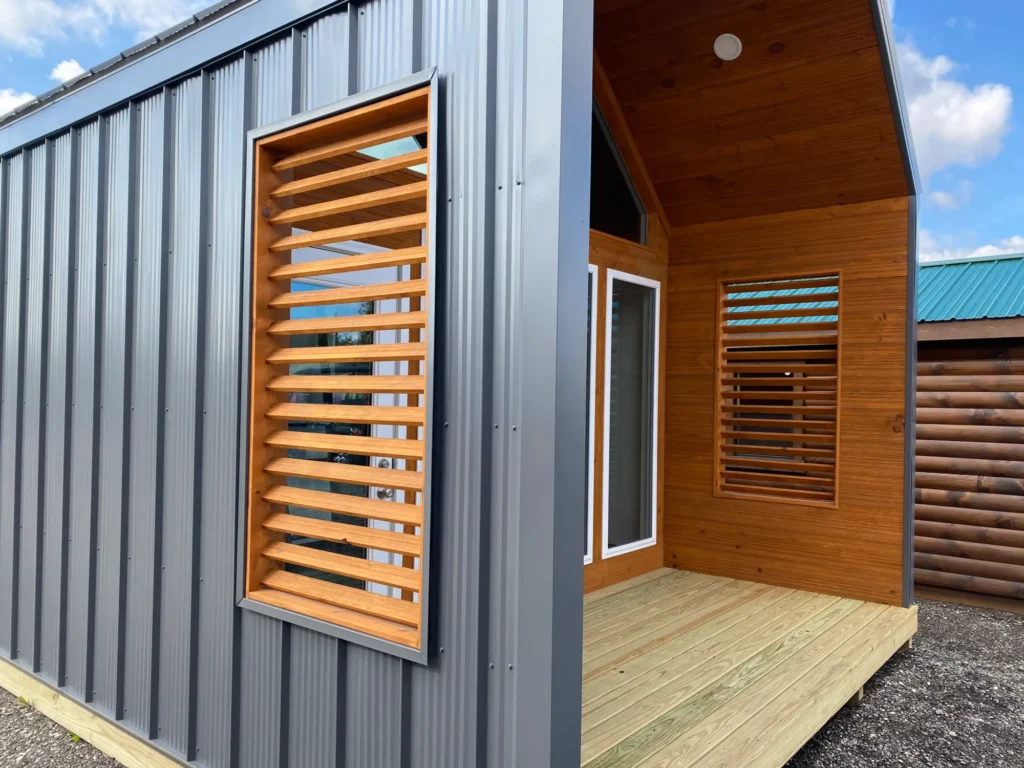
Quality and Durability
Both modular and traditional homes can meet — and exceed — local building codes. Modular homes must withstand the stresses of transport, which means they are often built with reinforced framing. The controlled factory environment also protects materials from weather-related damage before they’re installed.
Traditional homes rely more heavily on the skill and consistency of the on-site crew. A well-managed project can result in exceptional quality, but poor oversight can lead to uneven finishes or construction flaws. The best results come from working with reputable builders in either category.
Energy Efficiency
Modular homes often achieve high energy efficiency thanks to precise construction methods and the ability to seal joints tightly in a factory setting. Many builders include upgraded insulation, efficient windows, and modern HVAC systems as standard. The U.S. Department of Energy notes that tighter building envelopes can significantly reduce heating and cooling costs.
Traditional homes can also be highly efficient, but the quality of insulation and sealing depends on site conditions and the crew’s attention to detail. On windy or cold days during construction, some efficiency can be lost if materials are exposed before installation.
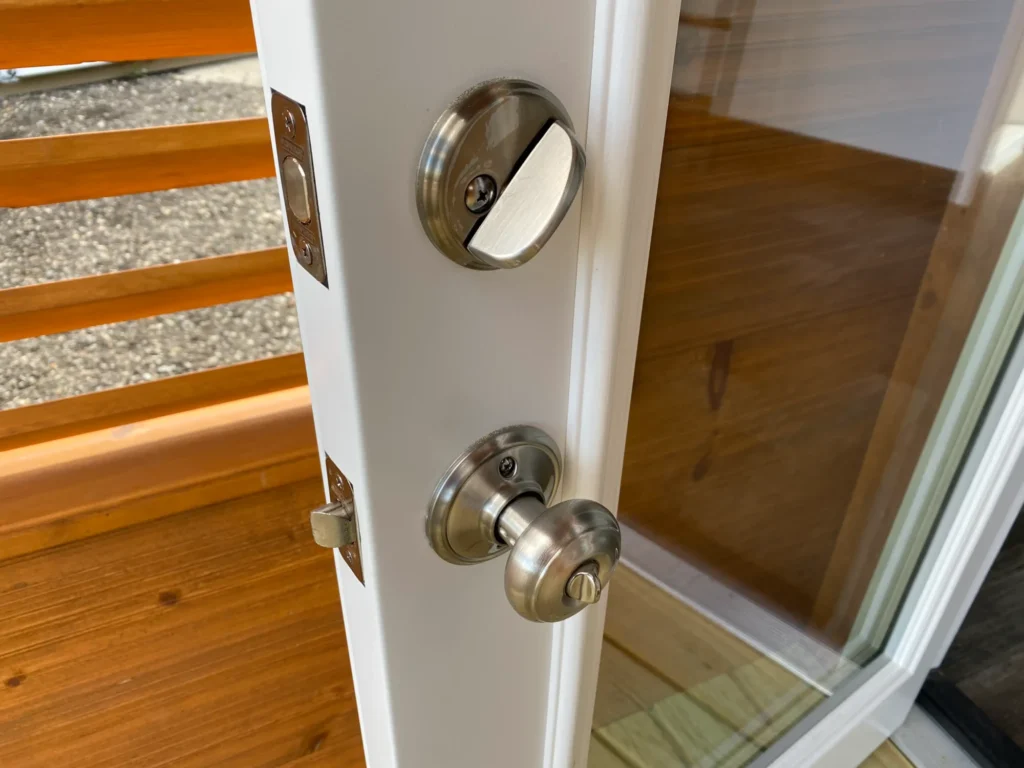
Financing and Appraisal
Since modular homes are built to the same codes as site-built homes and sit on permanent foundations, they qualify for the same financing options — conventional mortgages, FHA loans, and VA loans. Appraisers compare them to traditional homes, so resale value is generally comparable.
Traditional homes enjoy the same financing benefits. In markets where modular homes are less common, traditional homes may have a slight resale advantage simply due to buyer familiarity, but this gap is shrinking as more people understand modular quality.
Customization Potential
Traditional construction offers the greatest design flexibility. Builders can adapt plans mid-project and incorporate unique architectural details on-site. This is ideal for homeowners with a specific vision or complex lot conditions.
Modular homes also offer customization, but within certain parameters set by the manufacturer. Many companies now provide dozens of layouts and finish options, and some allow semi-custom modifications. The range of choices has expanded considerably, making modular homes more competitive with traditional builds in this area.
Environmental Impact
Modular construction generates less waste because factories can optimize material use and recycle more efficiently. Building indoors also reduces damage from weather, meaning fewer materials need replacement during the process. The U.S. Environmental Protection Agency reports that reducing construction waste is a major step toward sustainable building.
Traditional construction produces more on-site waste, though careful builders can still implement green practices. Sourcing local materials and using energy-efficient designs can help offset the environmental footprint.
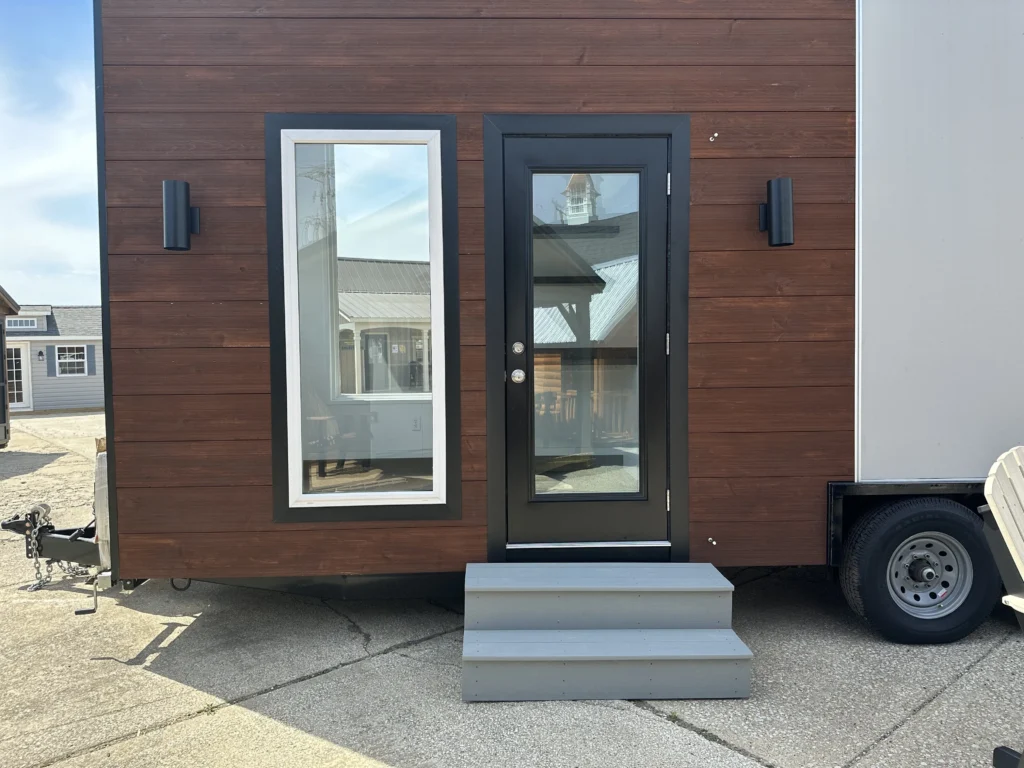
Lifespan and Maintenance
When built to code and properly maintained, both modular and traditional homes can last for many decades. The key to longevity is quality construction and regular upkeep, such as roof inspections, exterior painting or siding care, and foundation maintenance.
Modular homes don’t require special maintenance compared to traditional houses. Once assembled and finished, they function like any other home in terms of repairs and updates.
Which Should You Choose?
Choosing between modular homes vs traditional homes comes down to your priorities. If speed, cost efficiency, and controlled construction conditions are important, modular homes offer clear advantages. If unlimited customization and on-site flexibility matter more, traditional construction may be worth the extra time and cost.
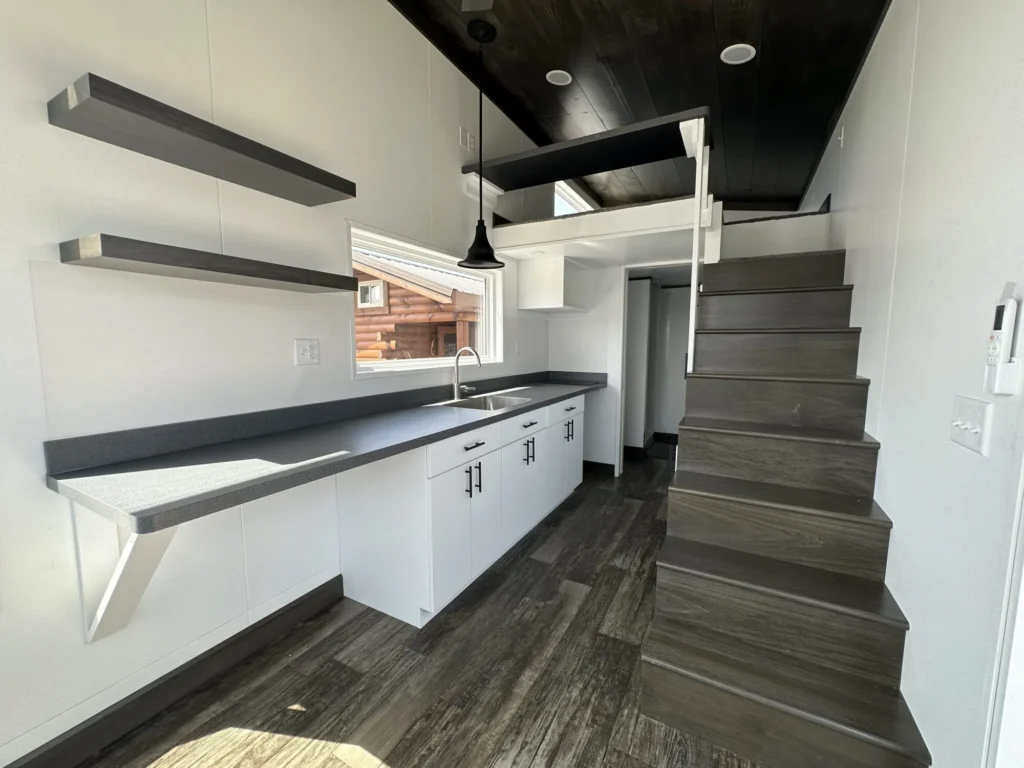
Final Thoughts
Both modular and traditional homes can deliver beauty, comfort, and value. The best choice for you will depend on your budget, timeline, and design goals. With either approach, working with an experienced, reputable builder is essential to achieving a home you’ll love for years to come.
If you’re exploring modular home options in Ohio, Ohio Cabin and Structures can guide you from design through completion, ensuring you get a home that meets your needs and exceeds your expectations.
